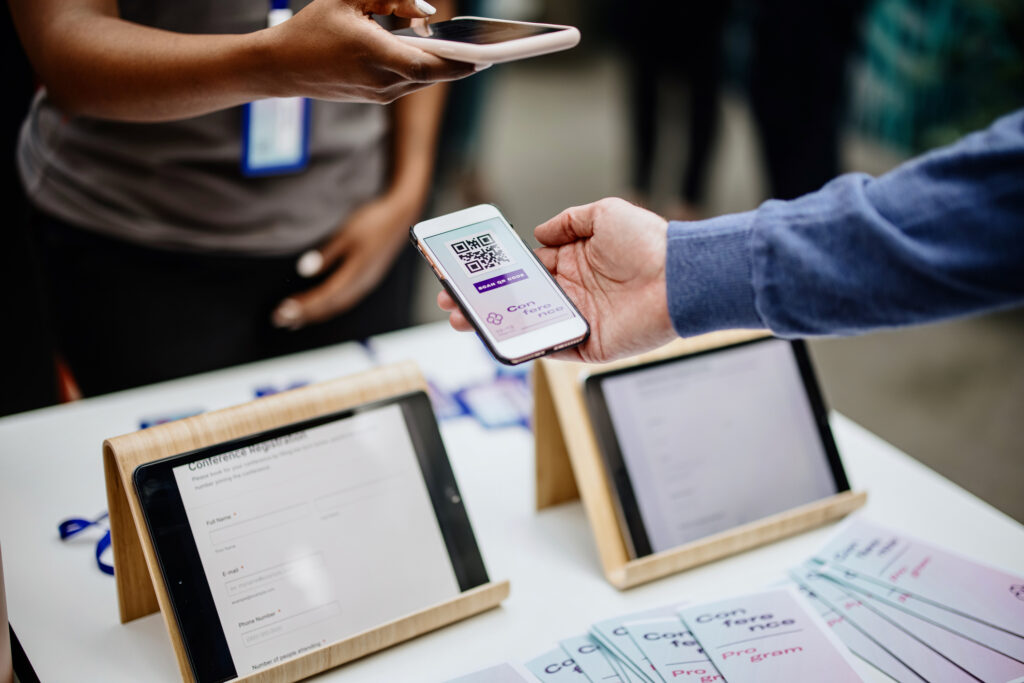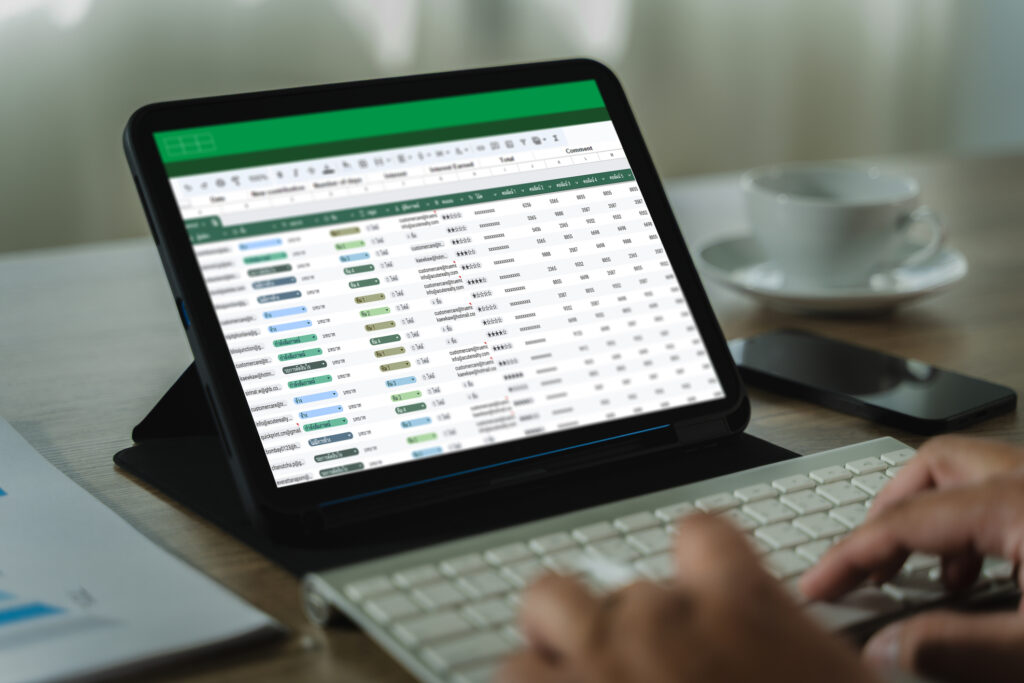A trade show booth is more than a space on a convention floor. It is a living, breathing stage where your brand performs for an audience that is ready to connect. The best booths are not simply constructed – they are choreographed. Each element, from the layout and lighting to the way your team greets visitors, plays a role in an orchestrated experience that leaves attendees engaged, impressed, and ready to do business.
When you think about your booth as a performance, you shift from simply “showing up” to creating a memorable, strategic experience that maximizes your return on investment. Let’s walk through the key steps in choreographing your trade show booth so that every move works toward generating leads, building relationships, and strengthening your brand.
Setting the Stage: Designing Your Trade Show Booth for Flow
The first impression happens before anyone steps into your space. Your trade show booth design should draw attention from across the floor while inviting people to step inside and explore. To achieve this, focus on three primary design elements: layout, visibility, and brand consistency.
Layout and Traffic Flow
Your booth should have a clear path that guides visitors through your space. Avoid clutter that can create bottlenecks. Instead, create “stations” or focal points that naturally move guests from one area to the next, like a welcome counter, an interactive demo area, and a private space for conversations. If possible, design with an open concept that eliminates barriers and makes your space feel approachable.
Visibility and Signage
Large, high-quality graphics can be seen from a distance and should quickly communicate who you are and what you do. Place important messages and logos at eye level and above to ensure visibility, even when your booth is crowded. Lighting plays a huge role in attracting attention. Spotlight key products, use accent lighting to create mood, and ensure your brand colors are vibrant under trade show lighting.
Brand Consistency
Everything in your booth should align with your overall brand identity. From the colors and fonts on your signage to the style of furniture, keep the visual language consistent so attendees instantly connect the booth to your company.

Casting Your Performers: Training and Positioning Staff
Your team is the cast that brings your trade show booth to life. A well-trained, well-positioned team can be the difference between a passerby and a qualified lead.
Assigning Roles
Think of your staff as having different roles in the performance. The “greeter” welcomes guests, the “presenter” demonstrates products or services, and the “closer” engages in deeper conversations to qualify leads. When everyone knows their role, interactions feel seamless.
Body Language and Approachability
Attendees notice how your team presents themselves. Open body language, friendly expressions, and standing (rather than sitting) signal approachability. Eye contact is essential. Make sure staff are not distracted by phones or conversations with each other – their focus should be on the audience.
Training for Engagement
Equip your team with a few quick, open-ended questions that spark conversation. Instead of “Can I help you?” try “What brought you to the show today?” or “Have you had a chance to see our new solution yet?” These prompts invite discussion and give your team a chance to qualify prospects quickly.
Timing the Routine: Planning Interactions and Presentations
The rhythm of a trade show is dynamic. There are moments when the aisles are buzzing with activity and others when things slow down. Your booth choreography should account for both.
Peak Hours
Schedule your live demonstrations, interactive presentations, or giveaways during high-traffic periods. Use these moments to generate excitement and draw larger crowds.
Quiet Periods
During slower times, focus on having longer, more in-depth conversations with qualified prospects. This is also a good time to reset your booth, replenish promotional materials, and review lead capture notes.
Layered Engagement
Offer multiple levels of engagement. For example, someone in a hurry might grab a brochure, while someone with more time can watch a full demonstration. This ensures you connect with a variety of attendees, regardless of how much time they have.

Using Technology to Enhance Your Performance
Technology can elevate your trade show booth experience, but only if it’s used with purpose.
Interactive Displays
Touchscreens and interactive kiosks can provide product details, videos, or configurators that help attendees visualize solutions for their needs. This keeps visitors engaged even when staff are busy with other guests.
Augmented and Virtual Reality
Immersive experiences, like VR product tours or AR product overlays, can showcase complex products in ways that are memorable and easy to understand.
Lead Capture Tools
Digital lead forms, badge scanners, or QR codes make it easy to collect attendee information. Pair this with notes about the conversation so your follow-up is personalized.
Creating Memorable Moments
Attendees visit dozens – sometimes hundreds – of booths in a single day. To stand out, you need to present something memorable.
Photo Opportunities
A creative photo spot with your branding can encourage visitors to share on social media, extending your reach beyond the trade show floor.
Giveaways and Samples
Choose giveaways that are both useful and relevant to your brand. A practical item attendees will use after the show keeps your name top of mind.
Micro-Experiences
Small, unexpected touches like a coffee bar, a charging station, or a hands-on demo can create a positive emotional connection with your booth.

Following Up: Extending the Show Beyond the Floor
The choreography continues after the event. The energy and interest generated during the trade show are only valuable if you follow up promptly and strategically.
Segmenting Leads
Sort leads into categories based on interest level and readiness to buy. This ensures your most promising prospects receive immediate attention.
Personalized Communication
Send follow-up emails that reference the specific conversation you had at the show. Include links to relevant resources, product pages, or case studies.
Social Media Engagement
Continue the conversation on LinkedIn or other platforms. Post trade show highlights, tag attendees when possible, and keep your brand visible.
Measuring Your ROI
You cannot improve what you do not measure. Establish clear success metrics before the trade show and track them throughout the process.
Key Metrics to Track
- Number of qualified leads captured
- Cost per lead
- Sales generated directly from the show
- Booth traffic and engagement time
- Social media mentions and online engagement
Analyzing Results
Compare your results to past events and industry benchmarks. Look for patterns in what worked well and where improvements can be made. Use this information to fine-tune your booth choreography for the next event.
Trade Show Booth FAQs
How do I make my trade show booth stand out?
Make your trade show booth stand out by using a clear layout, bold signage, strong lighting, and interactive elements. Ensure your brand identity is consistent across all visuals and train staff to engage visitors immediately.
What should I include in my trade show booth design?
Include clear signage, open space for easy movement, interactive displays, and focal points that draw attention. Highlight your products or services with strategic lighting and branded visuals.
How can technology improve my trade show booth?
Technology like interactive touchscreens, augmented reality demos, and digital lead capture tools can increase engagement and help you collect high-quality leads efficiently.
What is the best way to follow up after a trade show?
Follow up within 48 hours with personalized emails that reference your conversation at the booth. Segment your leads, provide relevant resources, and connect on LinkedIn to keep your brand top of mind.
How do I measure trade show booth ROI?
Track metrics like the number of qualified leads, cost per lead, sales generated, booth traffic, and engagement time. Compare results to past events to refine your strategy.
Final Thoughts: Turning Performance into Profit
A successful trade show booth is not built in a day. It requires careful planning, attention to detail, and an understanding that every element, from signage and staff to technology and follow-up, is part of a larger performance.
When you choreograph your booth with intention, you create an environment where attendees feel welcomed, engaged, and motivated to take the next step with your brand. The result is more leads, stronger connections, and a higher return on your trade show investment.
Your booth is your stage. Make every step count. Production Resources is here to help you plan and execute your next trade show with precision and flow. Contact us today to begin planning!
